MS 223 students from the SEL & Leadership Club created a music play list based on different emotions. We would like to share their HAPPY music play list with you below:
- High Hopes by Panic at the Disco
- Hall of Fame by The Script feat. Will.i.am
- Kronos Dance by Primitivio
- Happy by Pharrell Williams
- Baby Shark by Pinkfong
- A Million Dreams by Ziv Zaifman, Hugh Jackman, and Michelle Williams
- La Vaca by Mala Fe
- Cliche by MXMTOON
- Happier by Marshmello & Bastille
- Lost in Japan by Shawn Mendes
- We Found Love by Rihanna
- Mine (clean version) by Bazzi
- Girl on Fire by Alicia Keys
2. Hall of Fame by The Script feat. Will.i.am
6. A Million Dreams by Ziv Zaifman, Hugh Jackman, and Michelle Williams
9. Happier by Marshmello & Bastille
10. Lost in Japan by Shawn Mendes
12. Mine (clean version) by Bazzi
13. Girl on Fire by Alicia Keys
ENJOY THE HAPPINESS FROM THESE SONGS 🙂
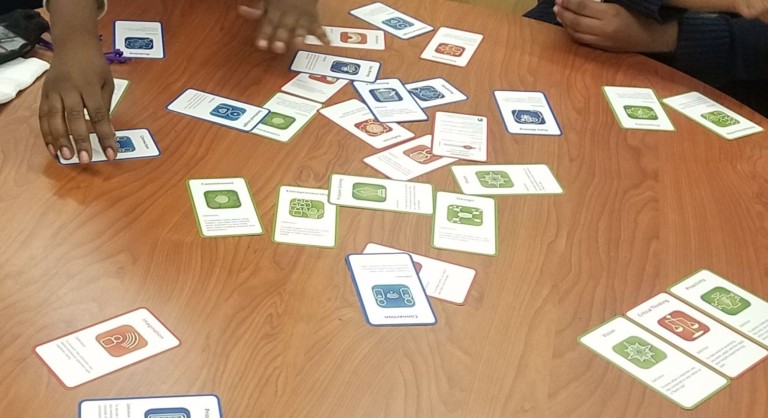
Finding Your Talents
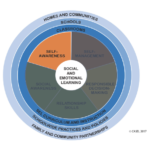
Research shows that when people identify their talents and develop those talents into strengths, they can optimize their potential and find their path to live a thriving and engaged life. Recognizing strengths is also a key element of achieving "Self-Awareness," one of the core competencies in the CASEL Framework. Our Social Emotional Learning and Leadership Pilot Program chose the Brain Talent Cards from 6 Seconds to help MS 223 students find their talents and strengths
So how does the brain combine logic and emotion to process information and create effective action? It is simply a formula of brain/heart(mind) + body(actions) working together. By using the Brain Talent Cards, we help students identify, understand their talents and strengths and encourage them to leverage their unique capabilities.
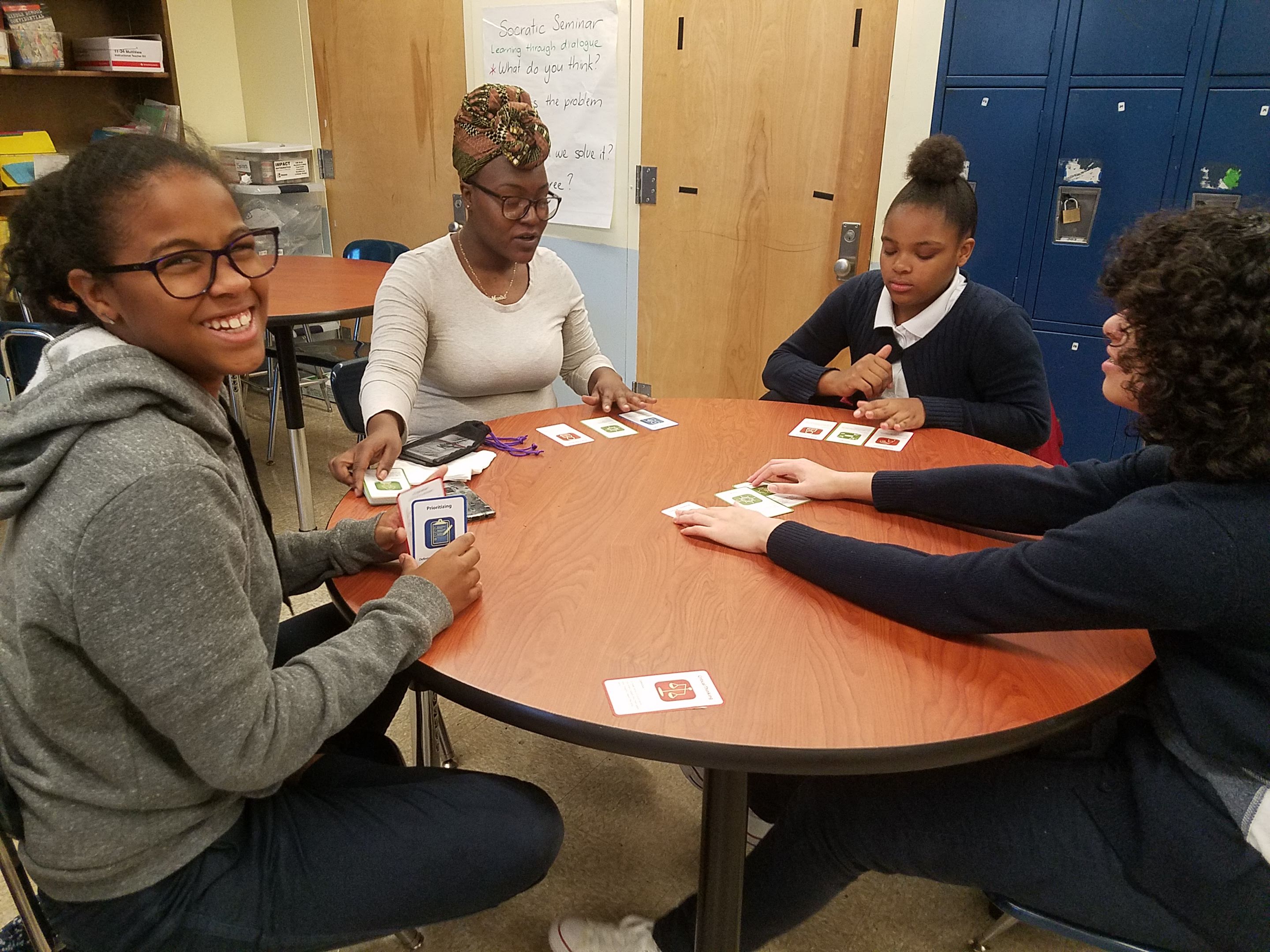
There are three color sets of cards in the Brain Talent Cards: Blue cards are about FOCUS – getting rational and emotional data. Red cards are about DECISIONS – assessing options by careful evaluation and making innovative decisions. Green Cards are about DRIVE – moving forward, both for practical action and for long-term motivation. Students learn their brain talents through playing the cards.
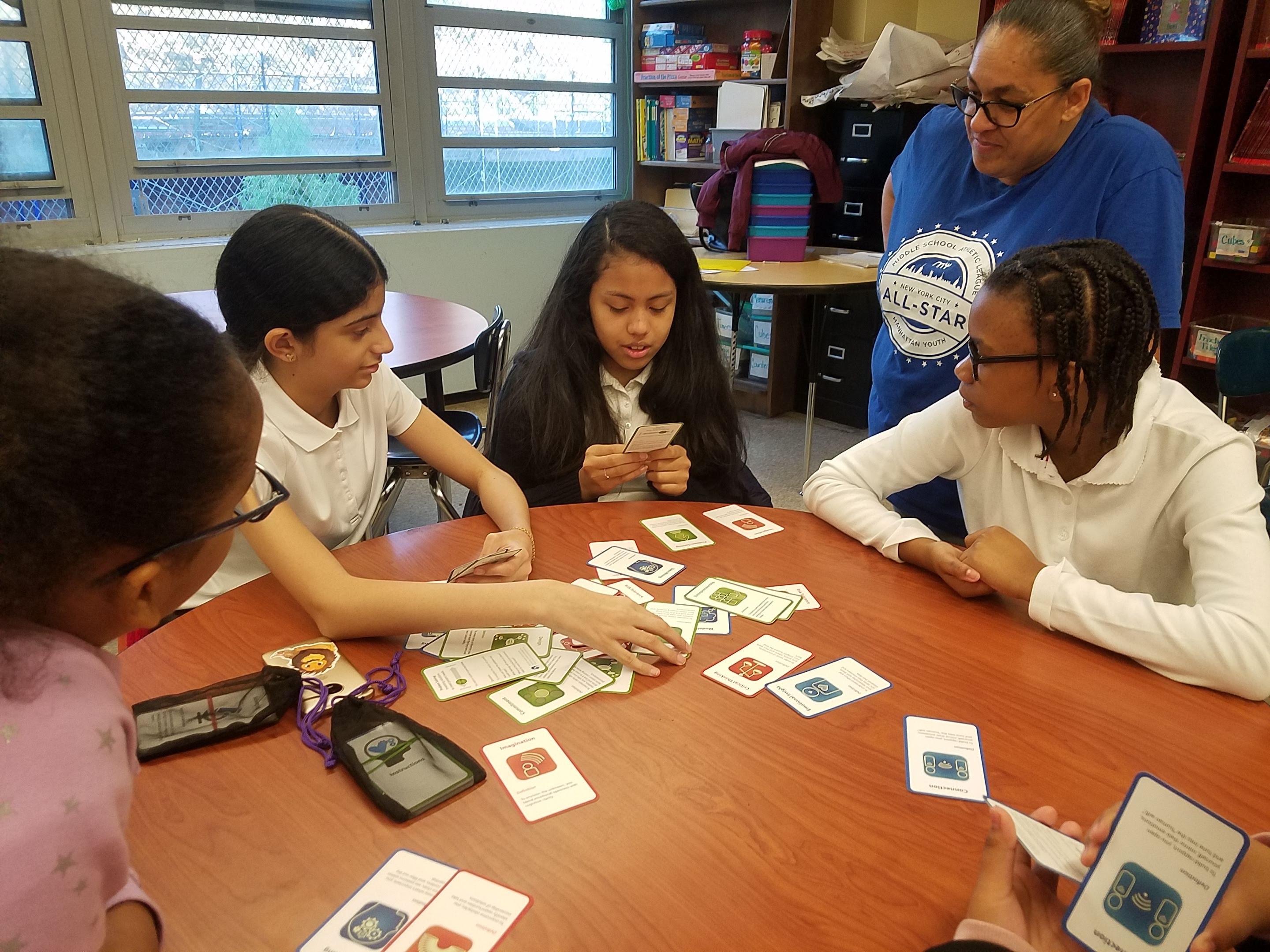
By learning more about their brain preferences and talents, students can improve planning, effectiveness, and problem-solving at school and home. The talent cards can be further combined with the Brain Profile Inventory. In the coming weeks, we will dive deeper together with students into this topic and help them increase their self-awareness and further understand and utilize their strengths.
Learn more about other SEL & Leadership Curriculum pilot activities focused on developing Self-Awareness in middle school students: SEL & Leadership Program Binder Excerpt Self Awareness.
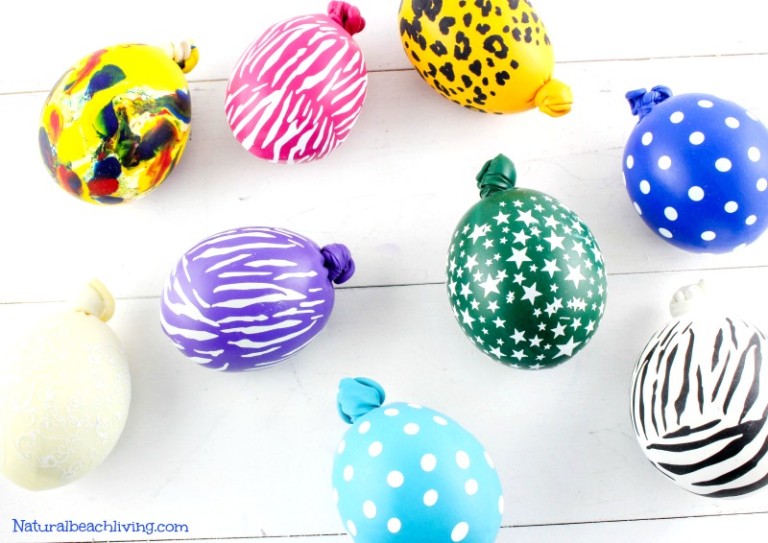
De-stress through Stress Balls
We often feel tired at the end of a long day. Sometimes all we want to do is to go home and relax at the end of the day. This is simply because we forgot to relax during the day! So what about relax at the BEGINNING of the day and get well prepared for the rest of the day? MS 223 students de-stress their day by making stress balls before the school starts in their Social Emotional Learning and Leadership Club!

By making the stress balls, we squeeze the stress out of our body! Bye-bye stress, we are all ready to learn through the day!
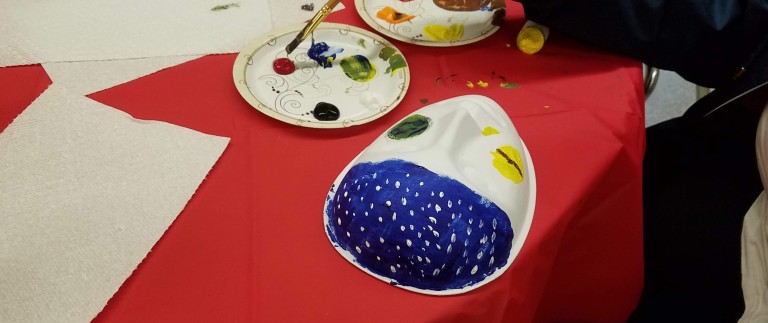
SEL & Leadership Club Launched the UnMASK Arts Project
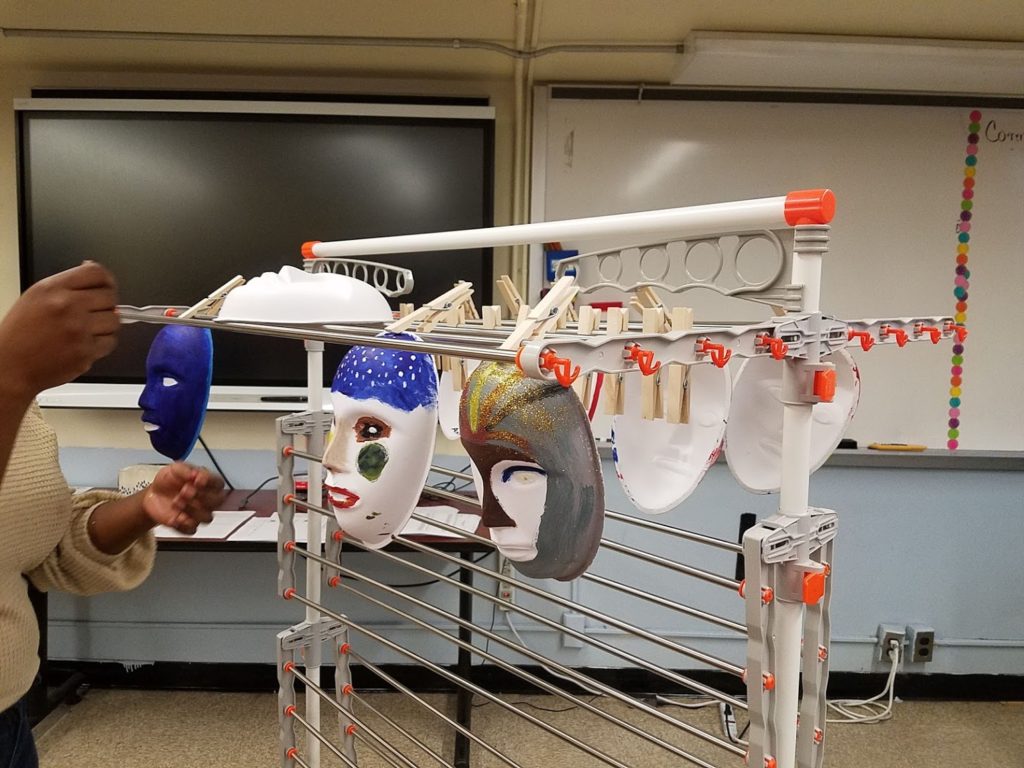
Starting this Fall, Areté Education begun a Social Emotional Learning and Leadership Club pilot program in the mornings before school where middle school students learn emotional literacy, self-regulation, and stress management through dynamic mindfulness practices and reflection opportunities, peer and adult mentoring, and strengths-based leadership coaching and development.
This week, the Club launched its first UnMASK Arts Project. The idea of this project was sparked by the book Be the Hero You've Been Waiting For, “Many of us live our lives as if we are icebergs, floating aimlessly in the sea of life and largely submerged. We hide most of ourselves, especially our most vulnerable places, below 'the waterline'. Like a typical iceberg, we show only about 10% of ourselves, the part above the water. For the purpose of this discussion, let’s call this 10% our 'image'" (p.53-54).
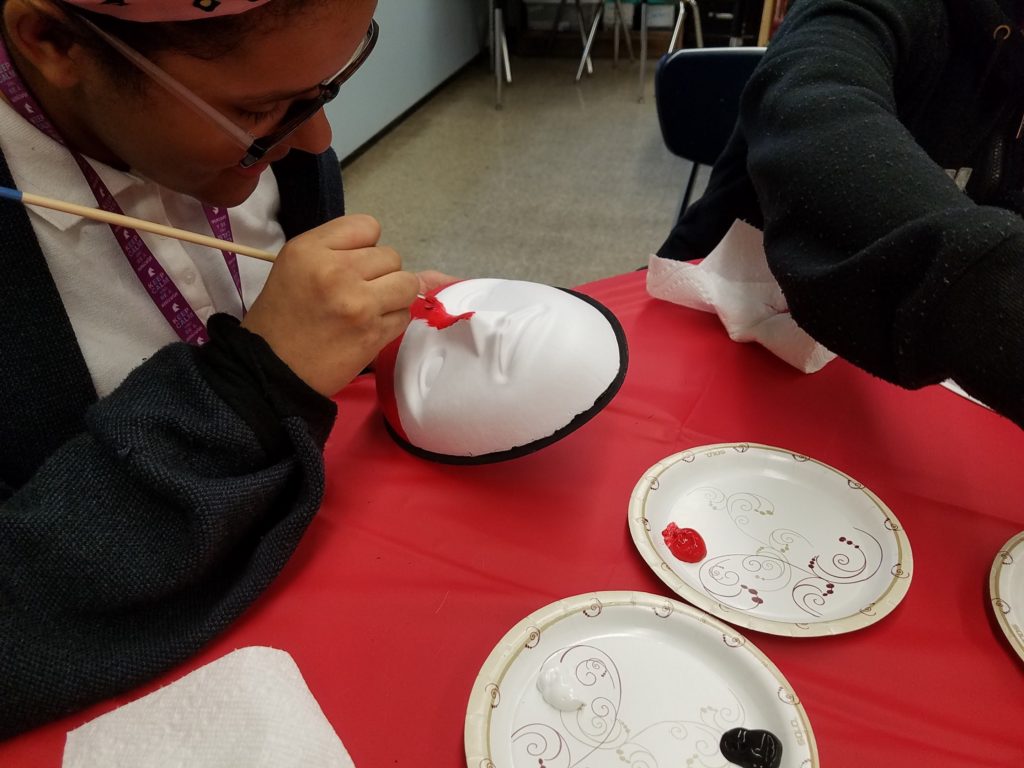
In this project, students will release their arts creativity and design a mask to present “what they show to the outside world” versus “what they keep hidden inside". They will use the mask to unmask their emotions and demonstrate that emotions are an integrated part of human beings. Whether we like it or not, emotions exist in our body. Instead of ignoring them, we can learn to be aware of them, listen to the messages they bring to us and make wise decisions based upon the messages. Students will present the complexity and rich perspectives of humanities through their art work.
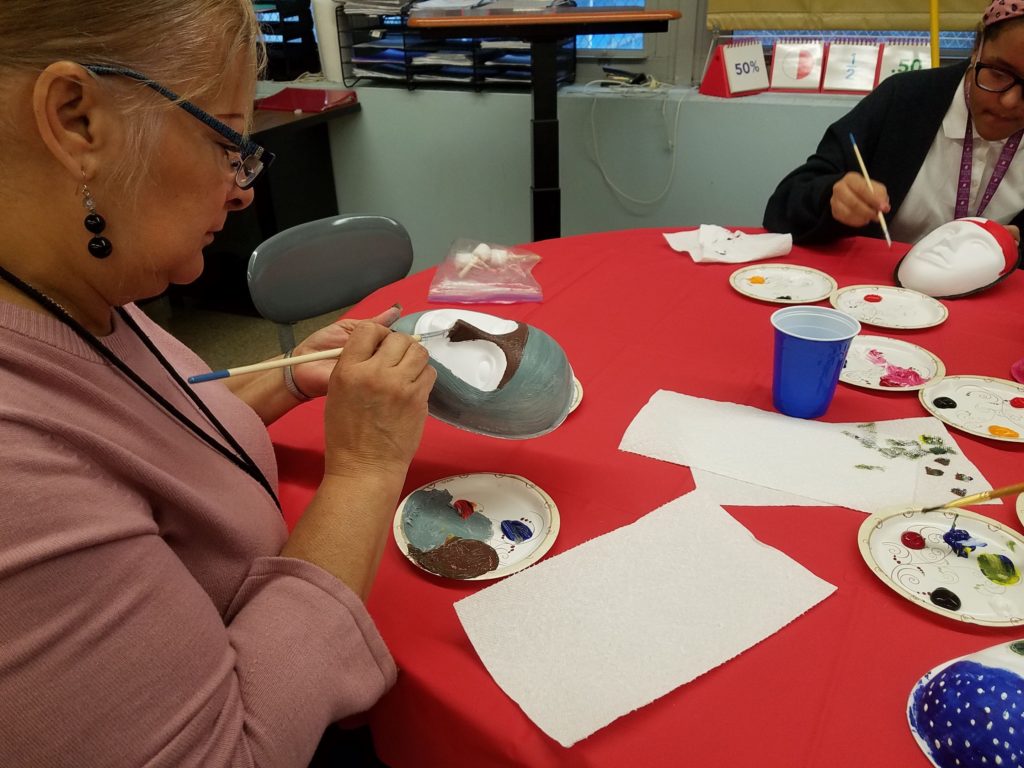
Dr. Sarah Benis Scheier-Dolberg, the new executive director at Areté Education who also has experience in teaching arts, led students through the first day of the project. The first week of this project is about choosing a base color for the mask.
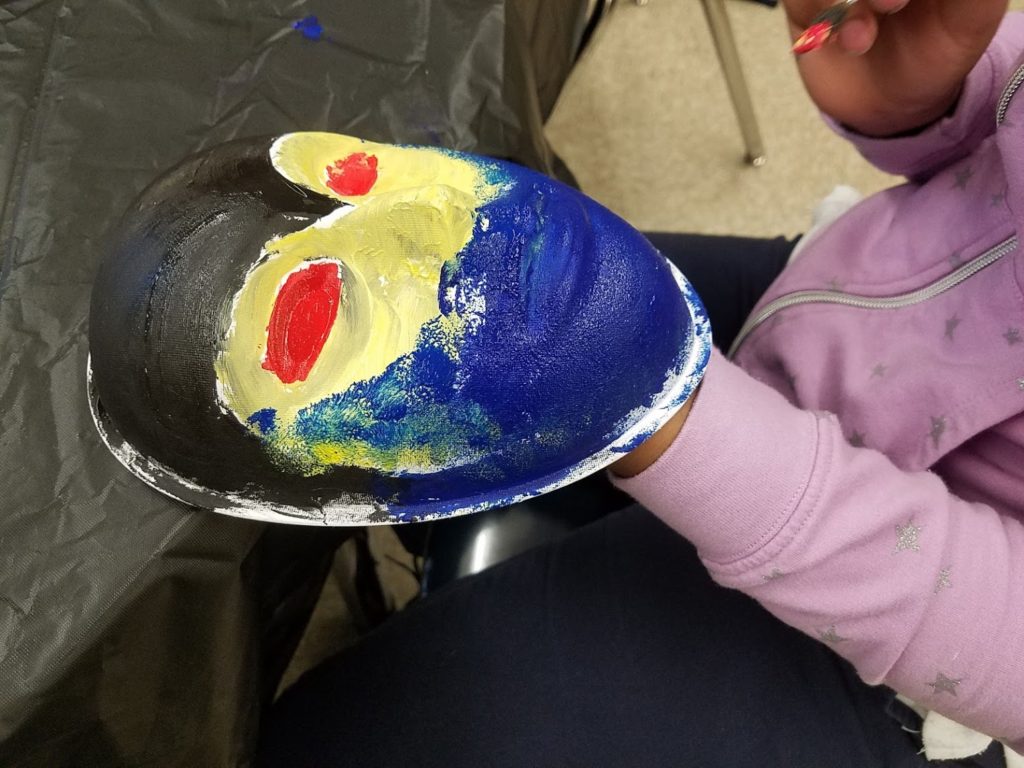
Most importantly, the color students choose should represent some part of their identities and characters. For example, "I chose warm colors because of the warmth and energy I usually bring into spaces" Dr. Sarah Benis Scheier-Dolberg showed her mask as an example and explained why she chose the warm colors. She also talked about how she chose red to represent her "anger", how emotions and that emotion is part of us.
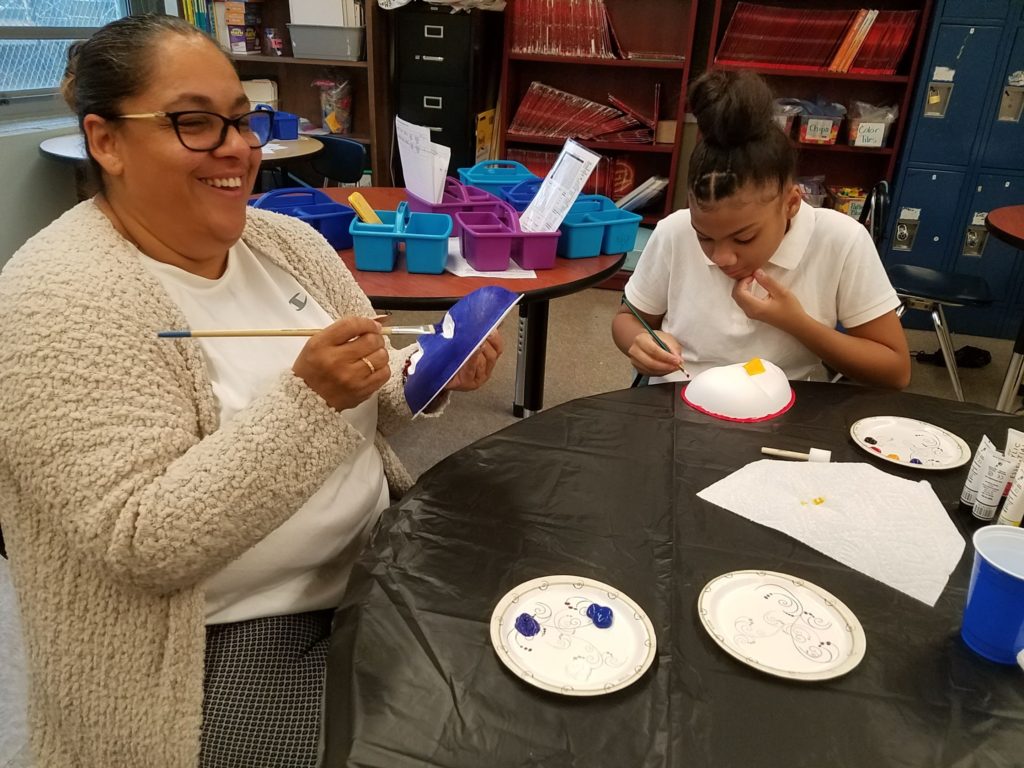
Students will start to add layers and put on decorations to their masks next week. They will also divide their masks in half - one half for what they show the outside world, one half for what they keep hidden inside.
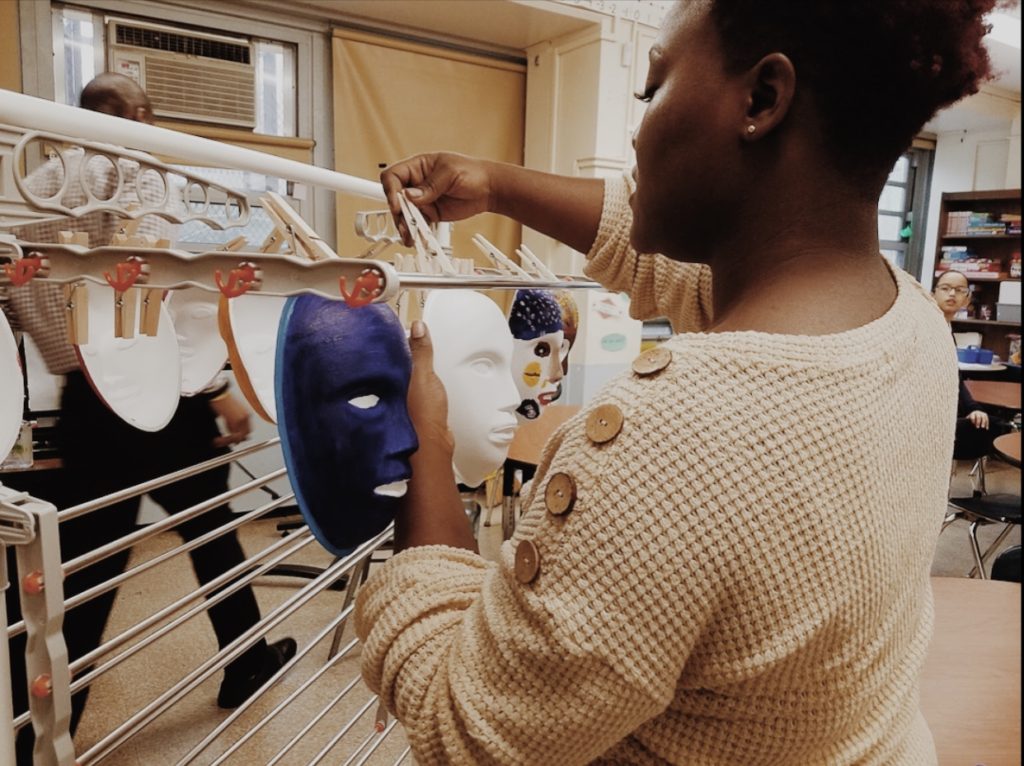
(Ms. Waring, the instructor of the Club, helps dry students' masks.)
SEL & Leadership Club
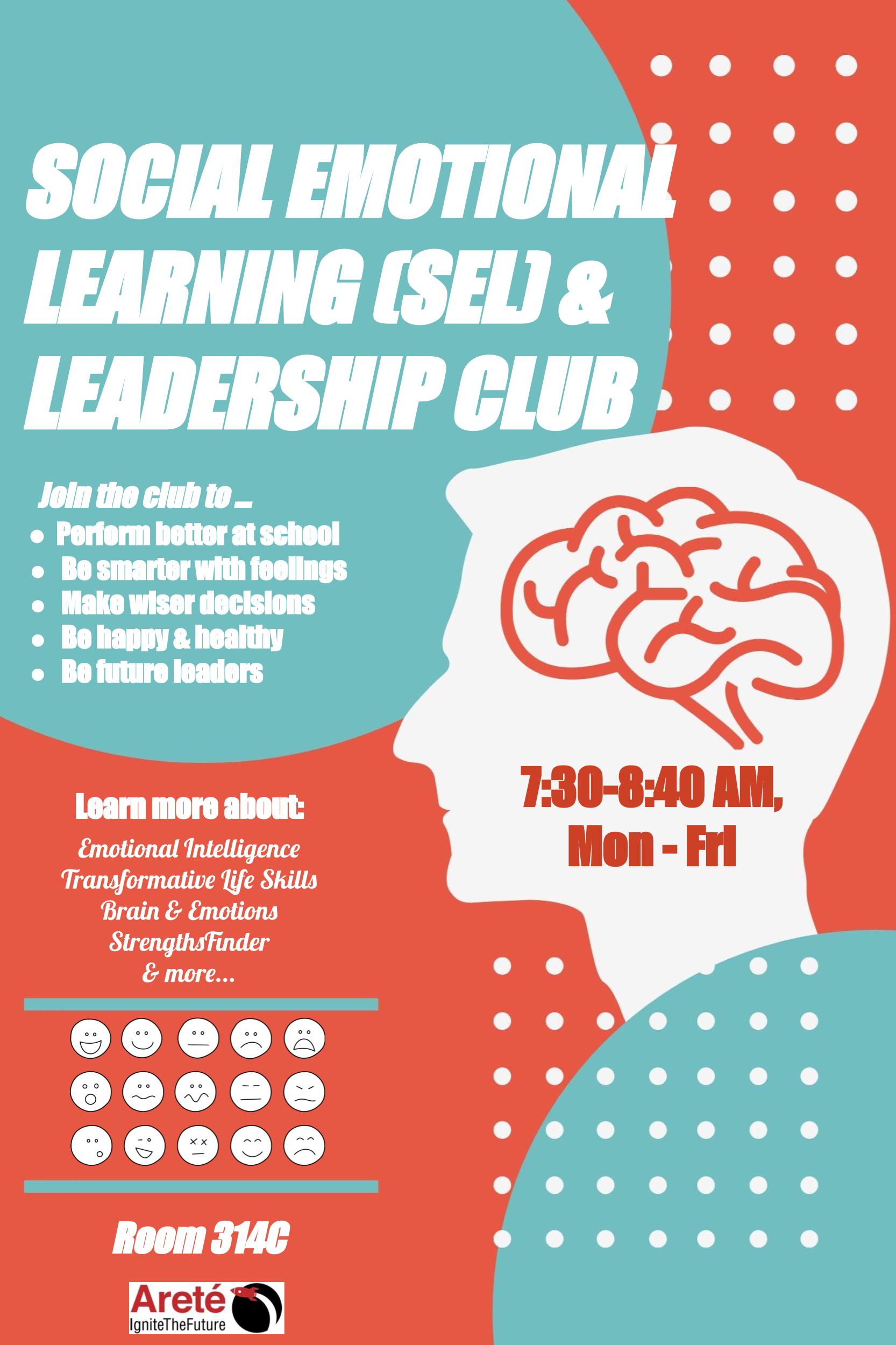 Open to Middle School Students before the school day begins.
Open to Middle School Students before the school day begins.
Tags
Recent Posts
- BioQuest Trip with Weill Cornell Inspires Future Innovators in Public Health
- Career Day at the Laboratory School of Finance and Technology: Inspiring Future Leaders!
- Black History Month Wax Museum: Celebrating the Harlem Renaissance in Style!
- P.S. 59 Celebrates World Read Aloud Day with Special Guest Author!
- Honoring Dr. King's Legacy: A Day of Unity and Warmth at P.S. 59
Archives
- March 2025
- February 2025
- January 2025
- December 2024
- October 2024
- August 2024
- July 2024
- April 2024
- March 2024
- February 2024
- January 2024
- November 2023
- September 2023
- August 2023
- July 2023
- June 2023
- May 2023
- April 2023
- March 2023
- December 2022
- June 2022
- May 2022
- April 2022
- December 2021
- November 2021
- September 2021
- August 2021
- July 2021
- June 2021
- May 2021
- February 2021
- January 2021
- December 2020
- November 2020
- September 2020
- August 2020
- June 2020
- May 2020
- April 2020
- March 2020
- February 2020
- January 2020
- December 2019
- November 2019
- October 2019
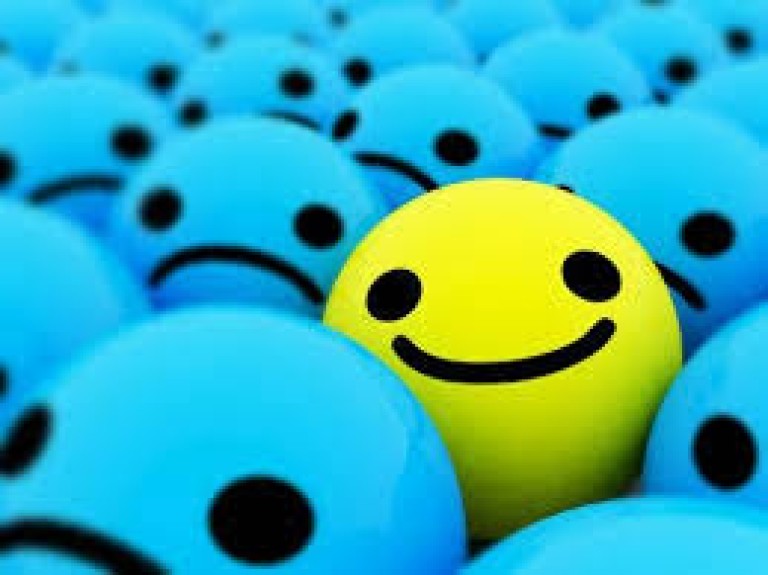
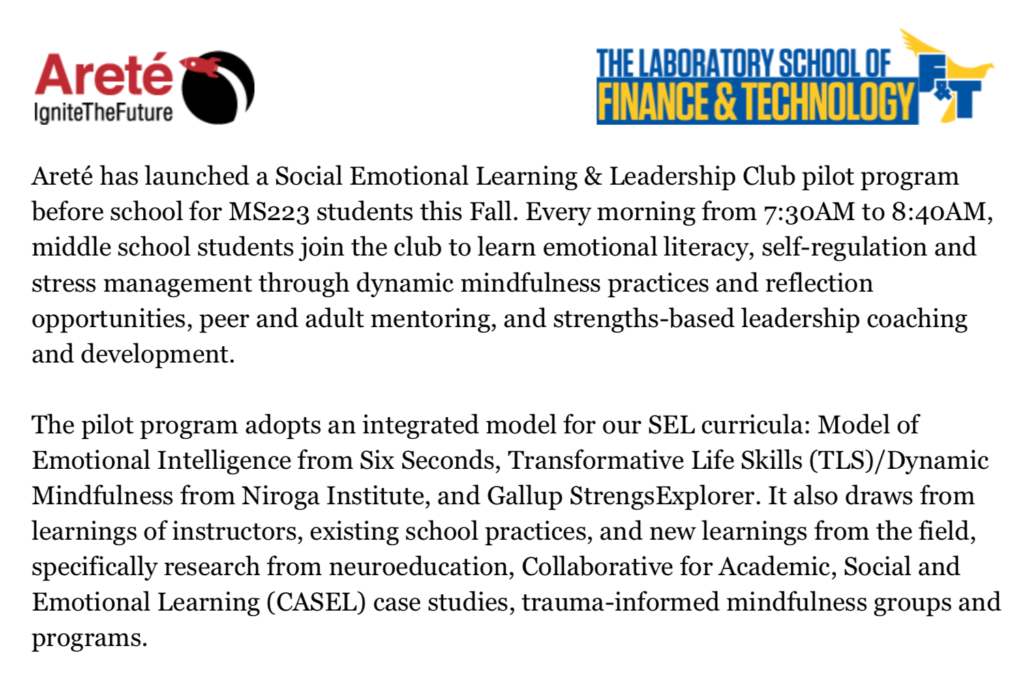
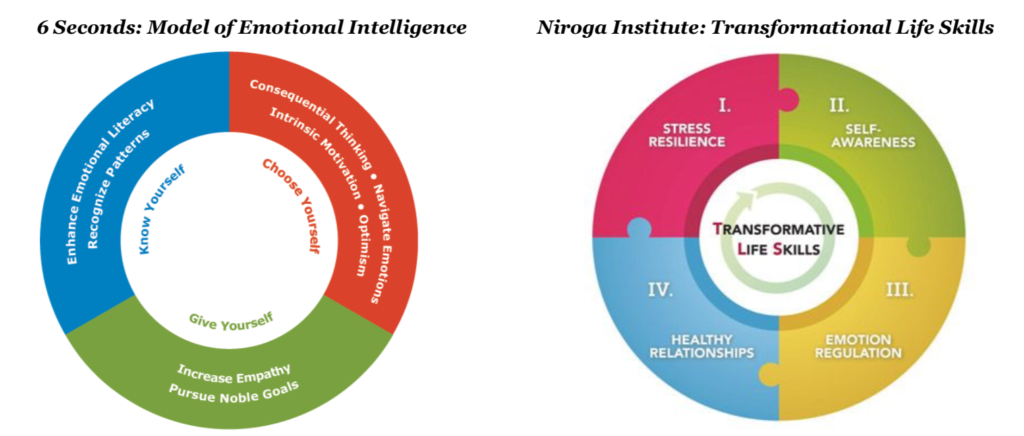
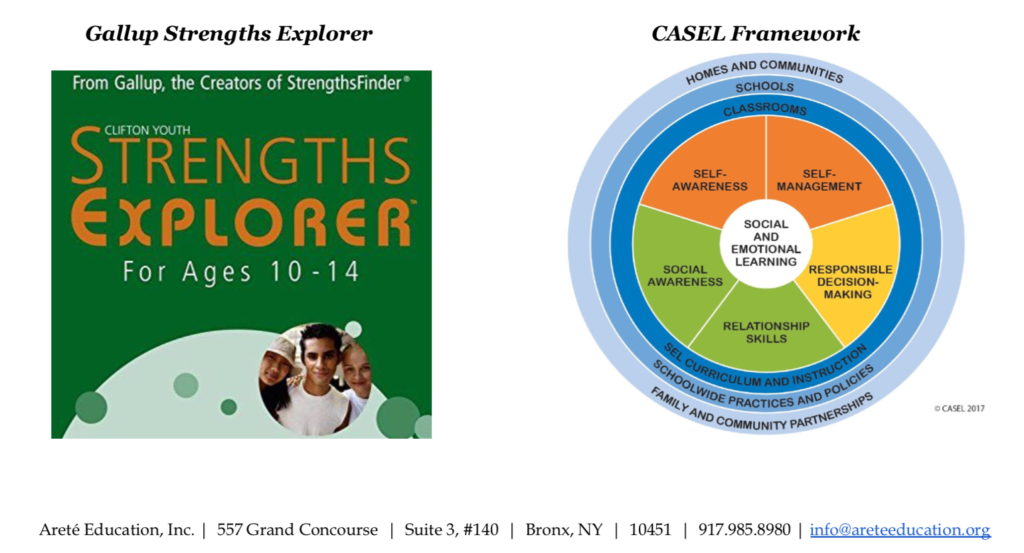










Recent Comments